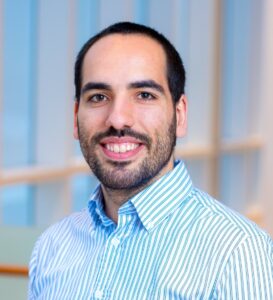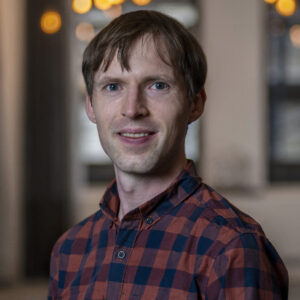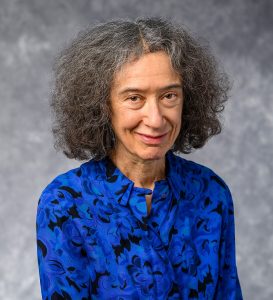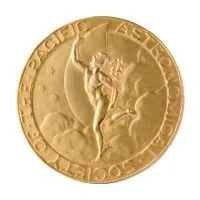
Congrats to Prof. Rogerio Jorge who was awarded his first grant as a professor! The three-year, $500,000 National Science Foundation grant, titled “Moment Approach to Multiscale Plasmas,” will be used to fund a graduate student and postdoc on the project.
“Astrophysical plasmas appear in more than 90% of the universe — for example, on the surface of the sun or in the intergalactic medium — and there’s still a lot of things that we don’t understand about them,” Jorge says. “We need to study phenomena in astrophysical plasmas and try to replicate them numerically to better understand them.”
Jorge’s work will focus on the so-called collisionless regime of these plasmas, where particles travel for a long time before experiencing any collision. He says this regime is difficult to model, both experimentally and numerically.
“We’ve proposed a new method that has two parts. The first one is to try to simplify the equations using a reduced model, called a moment model,” Jorge says. “Second, it’s using machine learning to reduce it even more.”
Jorge and his team have the moment model theory ready to be applied. For the machine learning step, they will use JAX, an open-source machine learning framework developed by the DeepMind team at Google that many physicists are starting to use in their research.
Jorge plans to investigate one intriguing phenomenon in collisionless plasmas: how the acceleration of super-thermal particles occurs versus thermodynamic heating. This will help scientists understand how charged particles in a plasma become energized, a phenomenon applicable to both laboratory and astrophysical plasmas. He will also apply this new approach to the problem of magnetic reconnection in collisionless plasmas, a problem he says is difficult to model due to the topology changes that occur in short time scales.
“We need new models to try to handle these complex scenarios without spending months and months on a single simulation,” Jorge says.
NSF grants require investigators to address the broader impacts of their research, defined as “the potential to benefit society and contribute to the achievement of specific, desired societal outcomes.” Jorge plans to work with the department’s Wonders of Physics outreach program to create realistic movies that simulate these astrophysical plasma environments. For example, he hopes to show, in detail, what is happening with magnetic reconnection in auroras or around the surface of the sun, with both using the new code developed through his research.
For this research, Jorge is collaborating with experimentalists at UW-Madison’s WiPPL facilities, and computational plasma physicists at UCLA, MIT, and Princeton.


